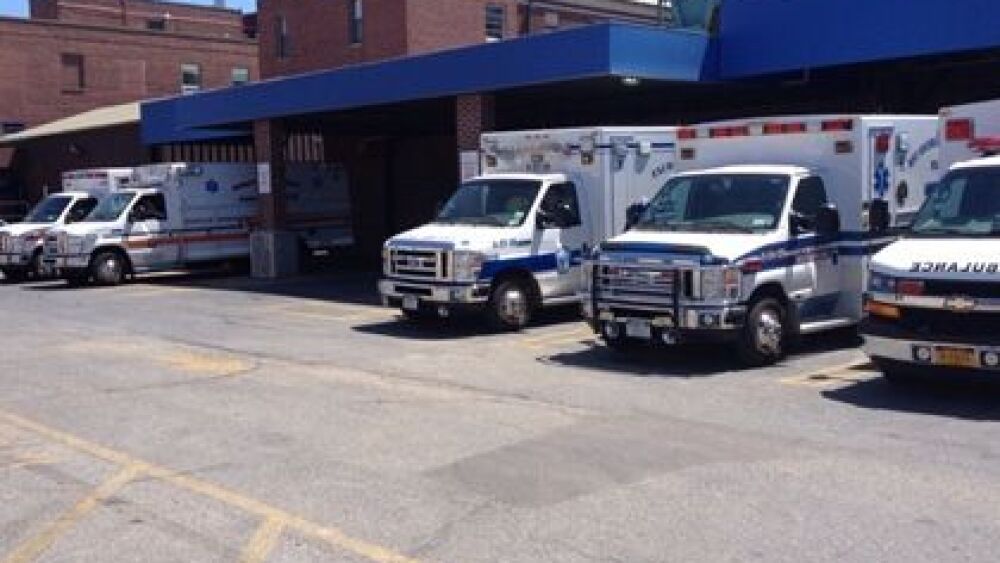When I recently commented on volunteer rescue squads — a shrinking part of the EMS landscape — I asserted that community members have to work together to form systems that are able to respond consistently and reliably. There are several barriers to progress, including a lack of awareness and plain ol’ stubbornness. A general lack of out of the box thinking can keep an EMS agency stuck in a performance rut — a persistent philosophy of “this is what we can afford.”
Clearly nothing could be further from the truth. Two systems, very different from each other, have developed innovative approaches to improve service without breaking the bank. In densely suburban Long Island, N.Y., five volunteer agencies pooled their resources to form strike units to cover their combined response area. Each day is funded by one of the agencies, helping to distribute the costs. This has resulted in better coverage for all of the communities involved.
In rural Iowa, a local volunteer fire and rescue squad is working closely with the community hospital in their district to enhance the region’s EMS response system. Hospital-based paramedics and EMTs respond to both 911 and interfacility transfer requests, filling a gap in service and in conjunction with the different volunteer services within the region. While newly implemented, it appears that all stakeholders are optimistic about the new configuration.
Creative thinking to improve service
As these recent case studies reveal, it is possible to think outside the box and come up with solutions that address issues effectively. However, I believe there are several steps that agencies must take in order to think creatively.
1. Recognize there is a problem
Many agencies are afraid to admit that they are experiencing operational issues. There’s a fear that admission of a problem is akin to failure. The way I see it, NOT saying something is the real failure and an active act of omission.
2. Assume that there is a solution
It may not be the solution that everyone desires, but if a solution improves the delivery of EMS service to the community, it cannot be ignored.
3. Get stakeholders to the table
A range of community stakeholders can be impacted by a failing EMS service. From patient advocates and field providers, to hospital, public safety and government officials, there are many who need to provide input into the problem, offer solutions and most importantly, support any changes needed to improve service. Remember, decisions are made by those who are present.
4. Do the research
Any proposed solution must be grounded in evidence. Gather as much information as possible. Run data, call volume and day/time statistics to begin to frame the discussion on how big — or small — the problem is. Understanding historical developments is critical. Ask and answer these questions:
- How long has the problem existed?
- What triggered the problem?
- Have efforts been made in the past to correct the problem?
- Why did those efforts fail?
- What are the financial implications of any proposed change?
Answers to these and other questions will help better understand the problem and develop a more comprehensive and cohesive plan.
5. Vigorously debate the proposed solutions
Critical analysis of a plan can often uncover blind spots. Filling in those gaps can result in a better plan. A word of caution for dissenters: Don’t be critical just because you don’t like it.
- Why don’t you like the solution?
- What are proposed solutions missing?
- Is data being misinterpreted?
Be prepared to explain your critique. More importantly, offer solutions that are comparable to the ones being proposed and capable of solving the problem.
6. Make the change
Finally, do something. No solution is a one size fits all; the many factors that influence a locality’s service model dictate that any solution must respond to the same influences. Moreover, no solution is perfect. Post-implementation data gathering and analysis will result in tweaks that build upon the strengths of the solution.
Share your department’s innovative approaches to improving EMS service without breaking the bank in the comments. Describe how stakeholders came together to identify the problem, research solutions and implement lasting change.













